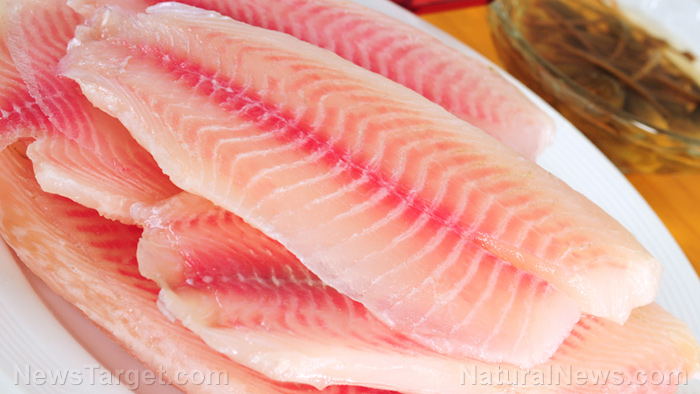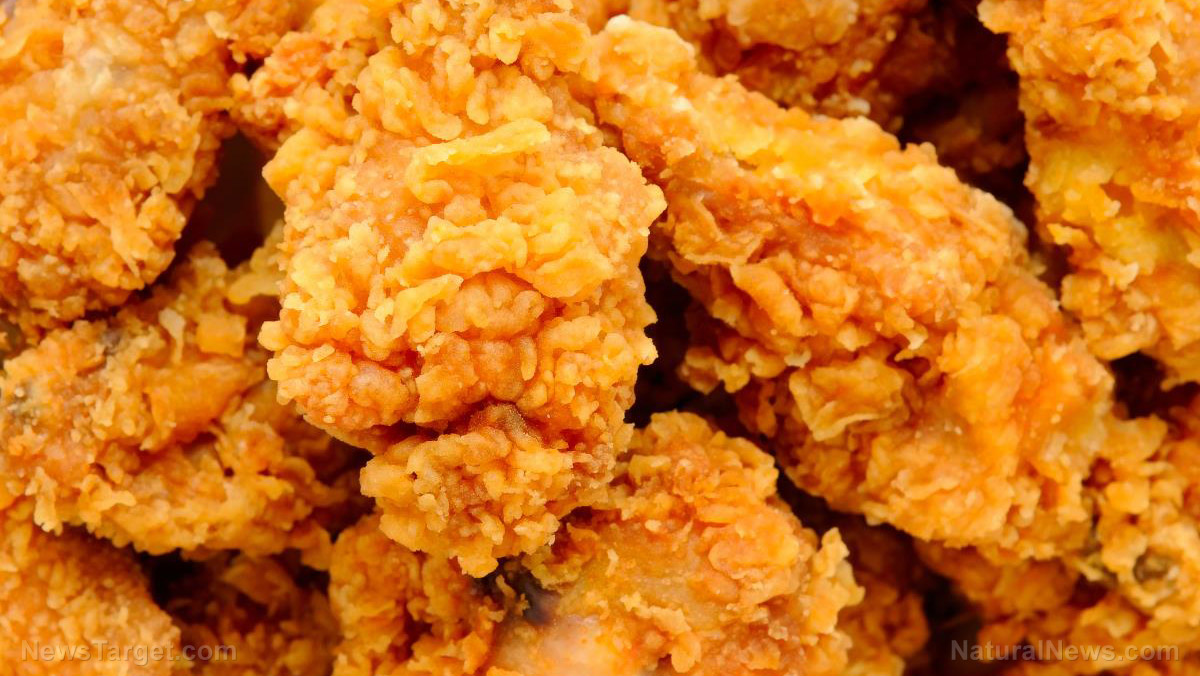
Tilapia: food processing methods and its fatty acid content
Data from a 2015 Food and Agriculture Organization report revealed that demand for fish consumption is growing around the globe. In 2007, 2008, 2009, and 2013, at least 121, 142, 145, and 156 million tons of fish were consumed, respectively. This increase in fish consumption was linked to the consumption of Nile tilapia (Oreochromis niloticus) fillet, which has firmly textured white flesh with a delicate flavor.
When tilapia is processed, only 30 to 40 percent of the total weight of the fish is consumed as a fillet. The rest of the fish, e.g., its bones, fins, and viscera are usually disposed of. These fish byproducts can be used to make flour, pates, and soups to eliminate waste products. Doing so can help lower production costs, specifically, the costs of raw material. Using fish byproducts can also minimize the environmental impact caused by fishery activity. (Related: Top 25 healthy muscle building foods.)
The drying process is a viable alternative that can extend shelf life and expedite the transportation and storage of fish products since it helps "inhibit pathogenic microorganism development and decrease biochemical reactions." Oven drying, the most commonly used method to preserve fish byproducts, is a low-cost/high-production option. But this method requires high temperatures that diminishes some nutrients in fish, such as lipids.
Lyophilization, or freeze drying, is another drying process that can maintain material structure while removing moisture at a low temperature. Unlike oven drying, freeze drying can boost food stability during storage. When food is freeze-dried, the water content of food is removed after it is frozen. Once the product is placed under a vacuum, ice changes directly from solid to vapor without going through a liquid phase
The lipid fraction of fish is made up of saturated and polyunsaturated fatty acids, which is influenced by the feed given to the fish. Other studies utilized oil sources that were rich in alpha-linolenic fatty acid (18:3n-3) to feed freshwater fish (e.g. Nile tilapia). This fatty acid is crucial since it is the precursor of other omega-3 series fatty acids.
For the study, researchers worked with flaxseed (Linum usitatissimum), an oilseed that's full of alpha-linolenic acid.
The researchers set out to confirm if Nile tilapia byproducts, like fish heads, viscera, and carcasses, could be dried via different methods. They looked into changes in the omega-3 series fatty acid content of the fish used in the study. The byproducts were obtained from fishes raised in captivity and fed an enriched diet and flaxseed, which contained alpha-linolenic fatty acid.
For 60 days the tilapia used in the study were given two diets: a control and a flaxseed flour formulation. Once 60 days had gone by, the researchers slaughtered the tilapia and studied their byproducts. The heads, viscera, and carcasses of the Nile tilapia were examined in natura (in a non-laboratory environment). The fish byproduct was then freeze-dried and oven dried.
Study findings determined that the byproducts taken from the Nile tilapia that were given a flaxseed diet contained docosapentaenoic, eicosapentaenoic, and docosahexaenoic fatty acids. The enzymatic metabolism of the fish converted the alpha-linolenic fatty acid into these three fatty acids. After analysis, the researchers found that the oven-dried tilapia byproducts had lower levels of polyunsaturated fatty acids.
The study showed that feeding Nile tilapia flaxseed and using fish byproducts, which are often discarded when fish is processed, is a profitable business strategy since dried tilapia byproducts are easier to transport and store. The drying process also produces higher quality fish products. Additionally, using fish byproducts to produce food can help reduce fishery residues and costs.
In conclusion, the researchers believe that giving Nile tilapia feed with flaxseed resulted in a significant boost in omega-3 fatty acid content. Meanwhile, drying fish byproducts via traditional oven drying and lyophilization produced a high level of lipid quality. Both diet supplementation and drying processes can be applied to fish byproducts as a viable marketing strategy that can help lower cost and boost production.
You can read more articles about the benefits of eating fresh food at Fresh.news.
Sources include:
Please contact us for more information.























